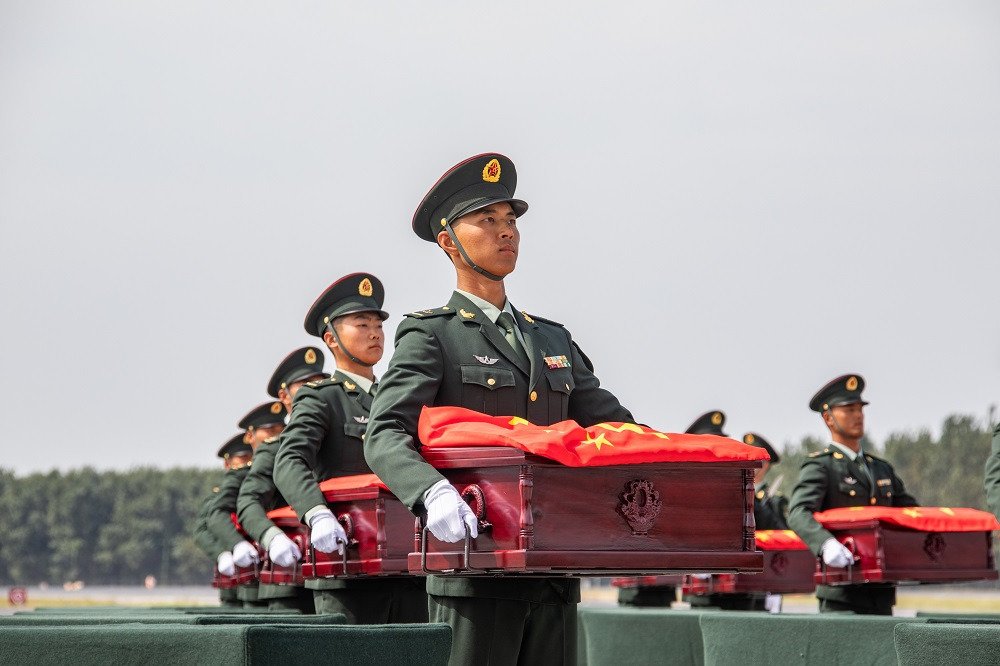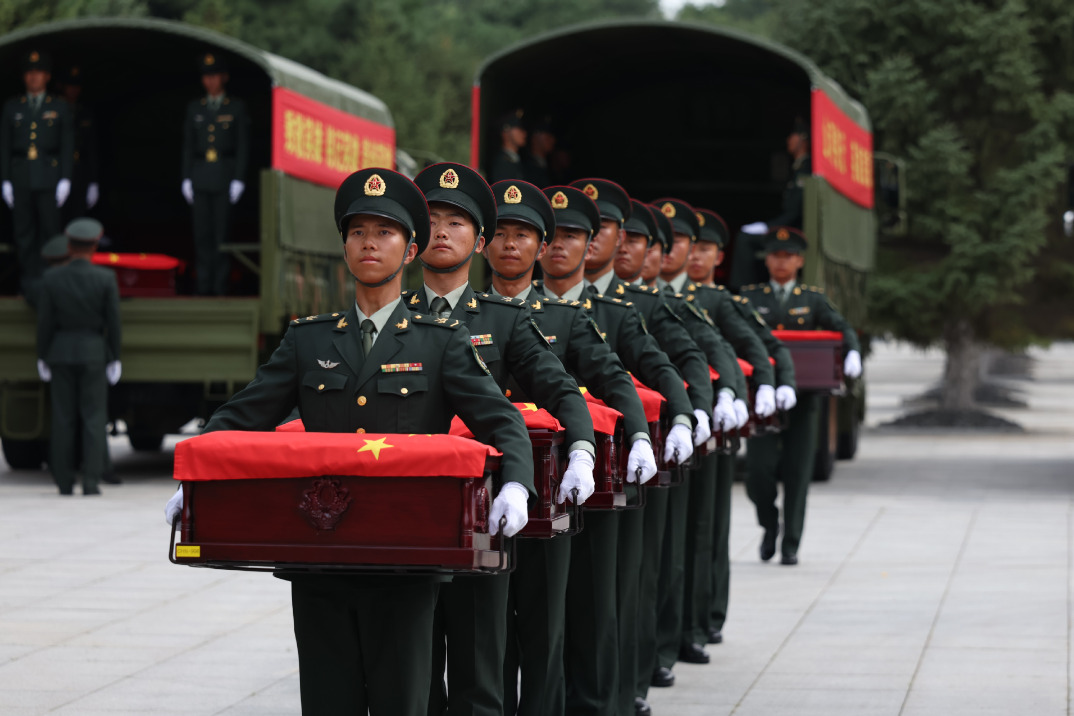Shanghai Spirit at work
China and Central Asian countries' cooperation in various fields is going from strength to strength


Since China and the five Central Asian countries established diplomatic ties 30 years ago, good-neighborly cooperation between them has made steady progress in various areas and at all levels. They have enhanced exchanges within multilateral frameworks such as the Shanghai Cooperation Organization, and supported each other in international affairs, elevating their strategic partnerships to higher levels. The cooperation between China and Central Asia is conducive to preserving regional peace and development, and has set an example in building a new type of international relationship.
China was one of the first countries to recognize and establish diplomatic ties with the five Central Asian countries-Kazakhstan, Uzbekistan, Kyrgyzstan, Tajikistan and Turkmenistan-after they gained independence in 1991. Starting from scratch, the economic and trade ties between China and the five countries have grown steadily. In the late 1990s, China began investing massively in fields such as energy, transportation and the chemical industry in Central Asia. The two sides have signed a series of cooperation treaties on trade and investment, and have established an intergovernmental economic and trade cooperation committee.
By 2012, the trade volume between China and the five countries had neared $50 billion, a 100-fold increase from 1992, making China the largest trade partner for Central Asia. Chinese investment in the region also grew rapidly during the period, motivating the region's fast economic growth.
The year 2013 marked a milestone in the development of ties between China and Central Asia. In that year, President Xi Jinping paid state visits to four Central Asian nations, and proposed to build a "Silk Road Economic Belt" during his visit to Kazakhstan. After establishing a comprehensive strategic partnership with Kazakhstan in 2011, China also established strategic partnerships with the other four Central Asian countries. In recent years, China's ties with Uzbekistan, Kyrgyzstan and Tajikistan have been upgraded to comprehensive strategic partnerships.
With the establishment of the strategic partnerships, cooperation between China and Central Asian countries has made a string of breakthroughs in key areas such as energy, transportation, communications, finance and agriculture. China has become Uzbekistan's largest source of foreign investment and the second-largest for Kyrgyzstan.
The Shanghai Cooperation Organization has become the most important platform for regional cooperation between China and Central Asian countries. The Regional Anti-Terrorism Structure headquartered in Tashkent, Uzbekistan, also plays a key role in safeguarding regional peace and fighting terrorism, extremism, and separatism through joint exercises, and information exchanges.
Chinese leaders have put forward a host of new diplomatic ideas on regional cooperation, including the Shanghai Spirit that features mutual consultation, mutual trust and mutual benefit, as well as the new outlook on Asian security under the framework of the Conference on Interaction and Confidence Building Measures in Asia. During a virtual summit with the heads of Central Asian countries in January, President Xi proposed to build a China-Central Asia community with a shared future. With Central Asia growing into a key area for Belt and Road cooperation, regional countries have strengthened alignment of their development strategies. In July 2020, the inauguration of the "China plus Central Asia" foreign ministers' meeting marked a big step forward in promoting high-level exchanges and strategic communications between the two sides.
President Xi said the key to successful China-Central Asia cooperation in the past three decades is mutual respect, good neighborliness and friendship, solidarity and mutual benefit. At a virtual summit in January, leaders of the two sides not only reviewed the achievements in bilateral cooperation, but also set goals for future cooperation. President Xi stressed that the two sides should take advantage of their political trust, geopolitical closeness and economic complementarity to propel practical cooperation and sustained growth, and jointly build a regional community with a shared future.
Looking into the future, China and Central Asian countries will deepen their cooperation in various fields. They will fortify political mutual trust and enhance support for each other's core interests, respect the development paths chosen by the countries according to their national realities, and oppose attempts by external forces to interfere in their internal affairs and foment "color revolutions" in the region. The two sides will expand economic cooperation and facilitate trade and investment, aiming to realize a two-way trade of $70 billion by 2030, while exploring cooperation in emerging industries such as the digital economy, green energy and e-commerce. Meanwhile, China and Central Asia will jointly safeguard regional peace and stability, combat terrorism, extremism and separatism as well as cross-border crimes such as drug trafficking, and enhance cooperation in preserving cyberspace security, information security and financial security.
In terms of cultural cooperation, the two sides will carry out exchanges in media, youth, sports, and women's issues through various cooperation platforms, and encourage non-governmental exchanges by giving play to the role of non-governmental organizations and establishments of higher education, thus cultivating long-lasting friendships among the next generation.
As for international affairs, China and Central Asia will strive to enhance the cohesiveness and influence of the SCO, shore up regional cooperation within multilateral frameworks, thus making larger contributions to pushing forward the peace process of Afghanistan and to building a fairer regional and global governance system.
The author is direct or of the Institute of Russian, Eastern European and Central Asian Studies at the Chinese Academy of Social Sciences.


































